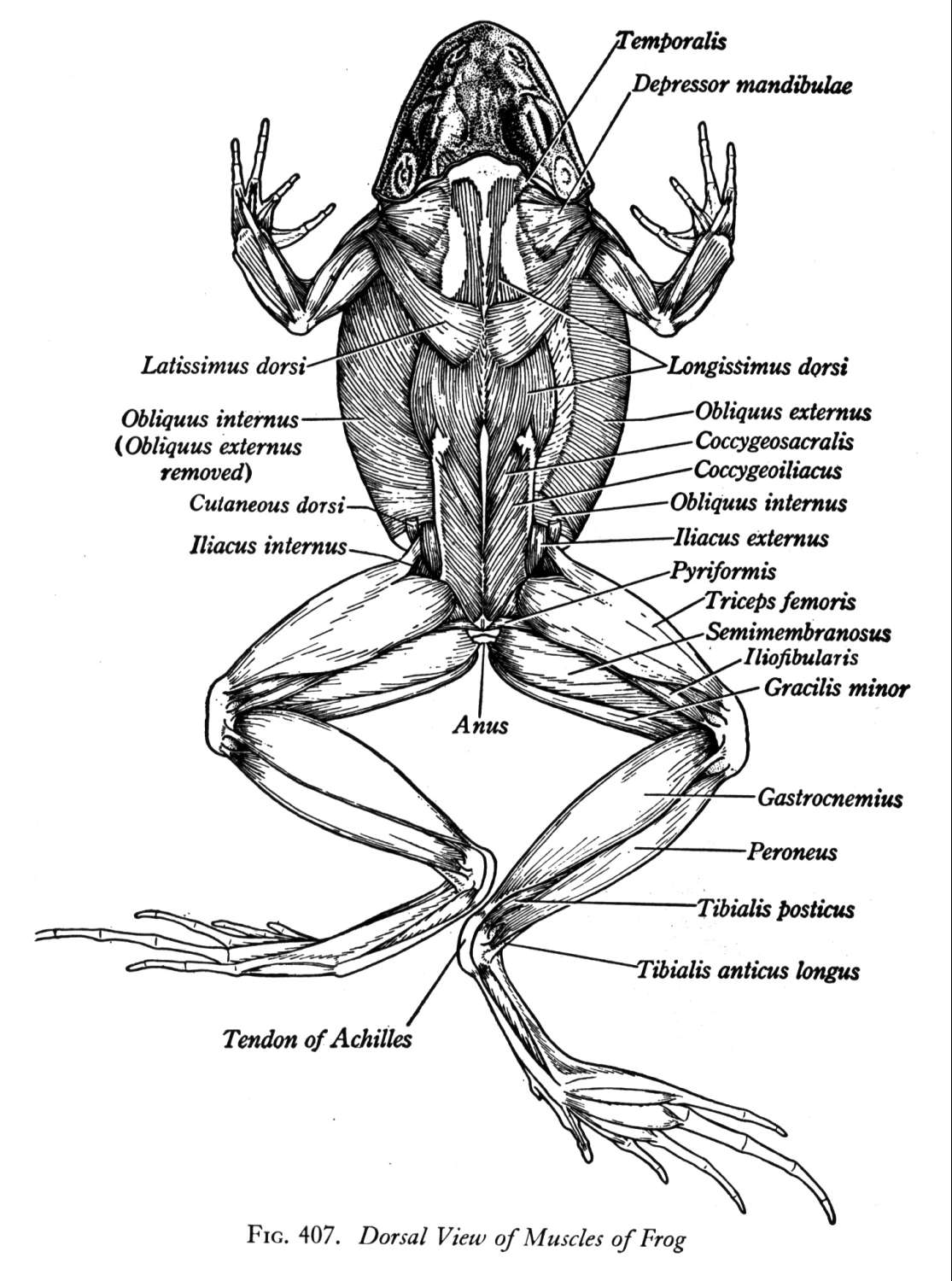Skin Anatomy Diagram Worksheet
The skin anatomy diagram worksheet is an excellent resource for students studying anatomy or individuals interested in learning more about the human body. This worksheet provides a detailed illustration of the different layers and structures that make up the skin, allowing you to better understand its functions and role in our overall health. By exploring each entity and subject within the diagram, you can gain a clearer understanding of how the skin protects our body, regulates temperature, and plays a crucial role in sensory perception.
Table of Images 👆
More Other Worksheets
Kindergarten Worksheet My RoomSpanish Verb Worksheets
Cooking Vocabulary Worksheet
DNA Code Worksheet
Meiosis Worksheet Answer Key
Art Handouts and Worksheets
7 Elements of Art Worksheets
All Amendment Worksheet
Symmetry Art Worksheets
Daily Meal Planning Worksheet
What is the name of the outermost layer of the skin?
The name of the outermost layer of the skin is the epidermis.
What is the function of the epidermis in the skin?
The epidermis serves as the outermost protective barrier of the skin, acting as a shield against external factors such as pathogens, UV radiation, and chemicals. It also regulates water loss and helps maintain body temperature. Additionally, the epidermis houses melanocytes that produce melanin, which provides protection against UV damage and gives the skin its color.
Which layer of the skin contains blood vessels, nerves, and hair follicles?
The dermis is the layer of the skin that contains blood vessels, nerves, and hair follicles. It is located beneath the epidermis and provides support, nourishment, and sensation to the skin.
What is the function of the dermis in the skin?
The dermis is the middle layer of the skin that serves multiple functions, including providing support and structure to the skin, housing important structures such as sweat glands, hair follicles, and blood vessels, as well as playing a crucial role in regulating temperature, sensation, and immunity within the skin. Additionally, the dermis helps to protect the body from external stressors and plays a role in wound healing processes.
What are the tiny muscles attached to hair follicles called?
The tiny muscles attached to hair follicles are called arrector pili muscles.
What is the role of sweat glands in the skin?
The sweat glands in the skin play a crucial role in regulating body temperature by producing sweat, which is mostly water and some salts. When the body gets overheated, the sweat evaporates and cools the skin, helping to maintain a stable internal body temperature. Sweating also helps to eliminate waste products, regulate electrolyte balance, and keep the skin moisturized.
Where are sebaceous glands found in the skin?
Sebaceous glands are found throughout the skin, with the highest concentration on the face and scalp. They are typically attached to hair follicles and are responsible for producing sebum, an oily substance that helps to lubricate and protect the skin and hair.
What is the purpose of sebum produced by sebaceous glands?
Sebum, produced by sebaceous glands, serves the purpose of lubricating and protecting the skin and hair. It helps to keep the skin hydrated, soft, and supple by preventing excessive drying and maintaining the skin's barrier function. Sebum also possesses antimicrobial properties, which can help protect against harmful microorganisms, and aids in regulating body temperature and minimizing water loss from the skin.
What is the function of melanocytes in the skin?
Melanocytes are specialized cells in the skin responsible for producing melanin, the pigment that gives skin its color. Melanin helps protect the skin from the harmful effects of ultraviolet (UV) radiation by absorbing and scattering the UV rays. Additionally, melanocytes play a role in determining skin tone and assisting in the healing process of wounds by migrating to damaged skin areas.
How does the skin protect the body from harmful UV rays?
The skin protects the body from harmful UV rays through multiple mechanisms. One key mechanism is the production of melanin, a pigment that absorbs and scatters UV radiation, preventing it from reaching deeper layers of the skin. The outermost layer of the skin, the epidermis, also thickens in response to UV exposure, forming a protective barrier. Additionally, specialized cells called Langerhans cells within the skin help to detect and repair damage caused by UV rays, reducing the risk of skin cancer and other UV-related skin conditions.
Have something to share?
Who is Worksheeto?
At Worksheeto, we are committed to delivering an extensive and varied portfolio of superior quality worksheets, designed to address the educational demands of students, educators, and parents.

























Comments